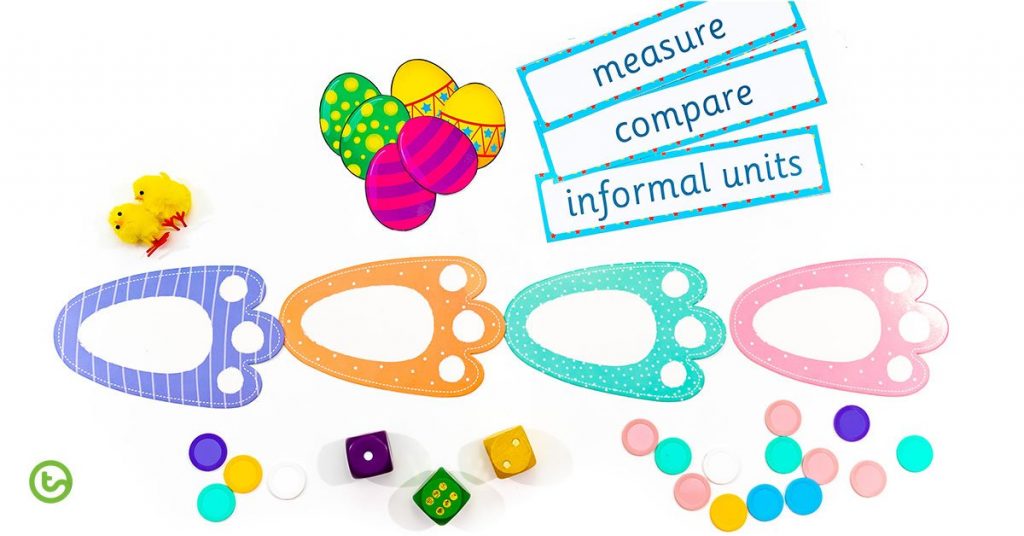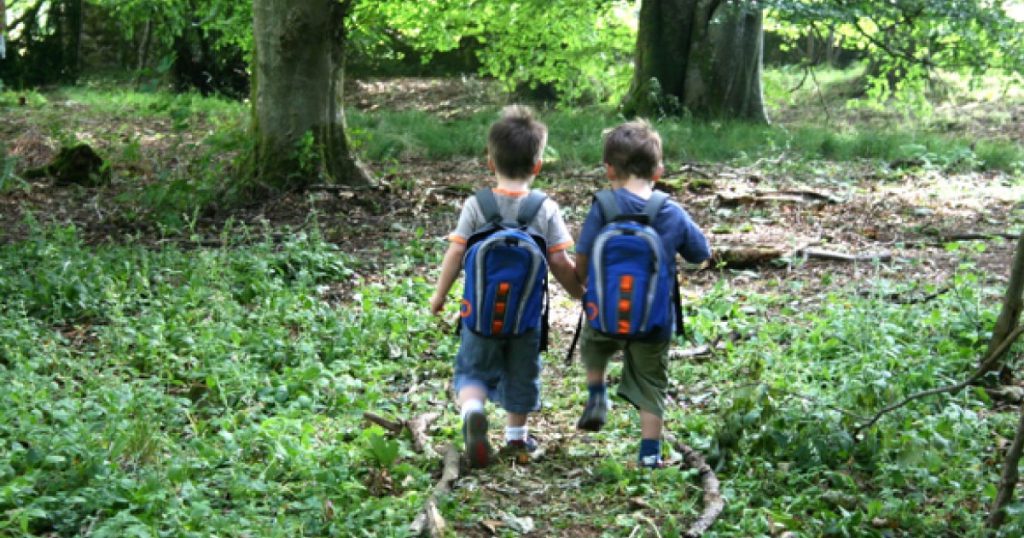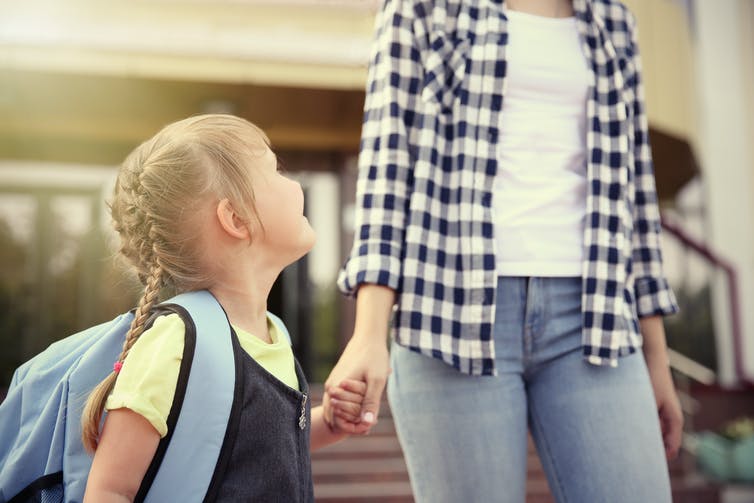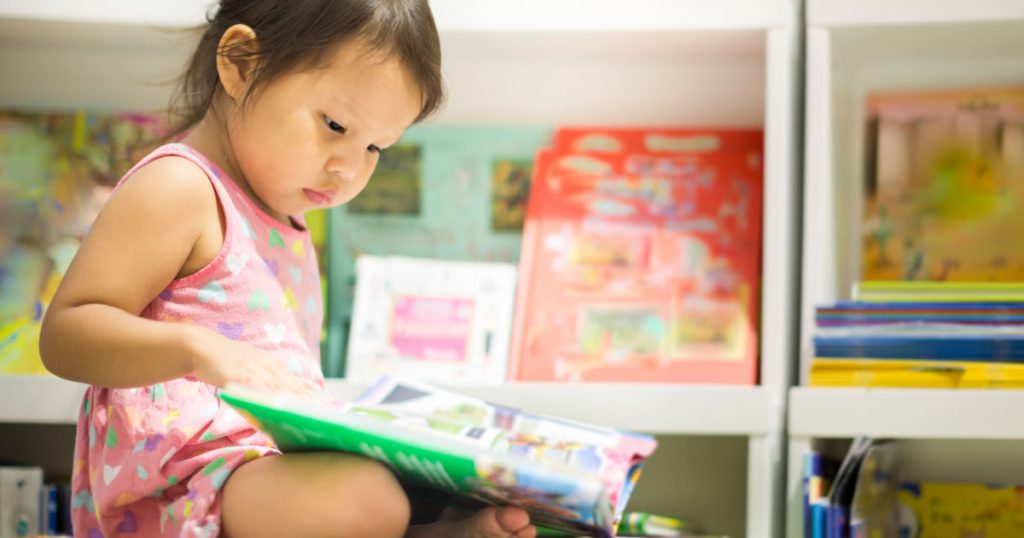Even if Easter craft isn’t your thing, you can still be the ultimate teacher by bringing educational Easter festivities to your classroom with these quick and easy Easter maths activities. They require very little preparation and use easy-to-find resources that you may already have.
What’s even more fabulous than the simplicity of these ideas is that many of them are curriculum aligned. These Easter maths activities are perfect for maths rotations or as a brain break at any time of the day. Your students are going to love these purposeful Easter maths activities and your principal will, too!
With a little bit of planning and preparation, maths rotations are a brilliant way for your students to experience a number of engaging workstations that reinforce core concepts. For more guidance on how to set up group activities effectively, read Holly’s blog Group Work in the Classroom | How to Effectively Organise Group Rotations.
Easter Maths Activities for Lower Years Classrooms
It’s not too late to race down to your local cheap shop to buy some mini chicks!
My number one priority when choosing Easter maths activities was to keep it simple based on available time and access to resources. If you choose to do all of these Easter maths activities as maths rotations, you’ll need the following easy to find items:
- Easter chicks (cheap shop)
- coloured paper clips
- mini whiteboards and pens
- dice
- a feely bag
- Easter Egg Decorations
- Easter Egg and Chick Craft Template
- bunny footprints (make your own or purchase from a cheap shop)
Measuring with Bunny Footprints

In my favourite of the Easter maths activities, students use informal measurement (bunny footprints) to measure the length of objects in your classroom. I found these Easter bunny footprints at my local cheap shop. If you can’t find them, it’s super easy to make your own by drawing around a stencil and cutting out a few at a time. Here’s how:
On a mini whiteboard, create a simple table that includes a list of objects to measure and a column for recording results. Objects on your list could include:
- desk
- window
- whiteboard
- pencil
- object of choice.
Students measure the length of the objects listed in the table using bunny footprints. Encourage your students to record their measurements in the results column. Remember to discuss part measurements and whether you will include them or disregard them.
Check out our Informal Units Rulers to use later in the year! For more brilliant ideas and resources for teaching informal measurement read my blog Teaching Measurement | The Best Informal Measurement Activities.
Game of Chick Chance
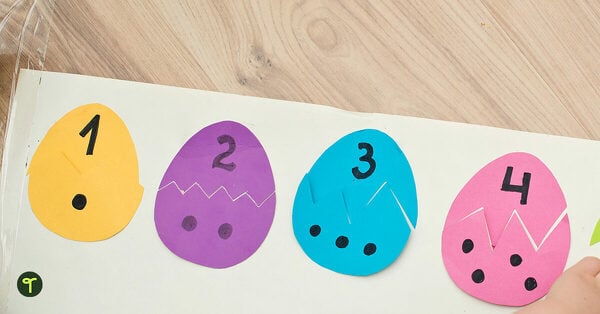
In another of our Easter maths activities, students identify the outcomes of pulling an Easter chick out of a bag. They describe the outcomes using everyday language such as ‘will happen’, ‘won’t happen’ or ‘might happen’. I used our Stars Pattern Classroom Theme Pack to create these chance vocabulary cards.
You will need:
- a feely bag
- a supply of mini chicks
- coloured paper clips
- mini whiteboards and board pens.

- Explore the chance vocabulary: ‘will happen’, ‘won’t happen’ or ‘might happen’.
- Use the coloured paper clips to create 2 red chicks and 8 blue chicks.
- Show your students the ten coloured chicks. Discuss the likelihood of selecting a red or blue chick from the feely bag. Make sure you discuss the likelihood of picking green!
- Ask the students to take it in turns to pull a chick out of the bag and to record their results on the mini whiteboard. Discuss the results.
For more teaching resources related to chance check out our huge chance teaching resource collection.
Easter Addition and Subtraction

Take addition and subtraction to the next level by giving it an Easter chick twist.
In the Easter Maths rotation activity, students represent and solve simple addition and subtraction problems using a range of strategies including counting on, partitioning and rearranging parts. They also develop a range of mental strategies for addition and subtraction problems. You will need:
- dice
- mini whiteboards
- Easter chicks.
Ask your students to:
- generate two numbers by rolling two dice
- collect the corresponding number of chicks for each number rolled
- write an addition number sentence to represent the problem
- calculate the total number of chicks and complete the number sentence
- explore the commutative law for addition a + b = b + a
- encourage students to put the largest number first.
Dotty Easter Eggs
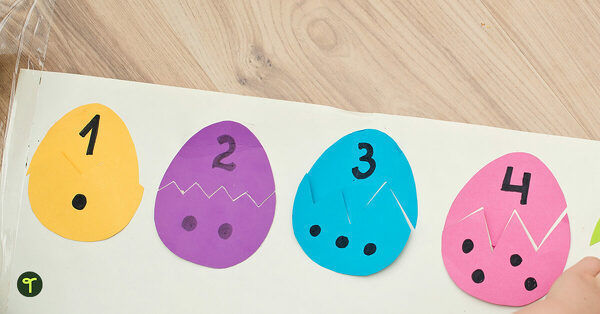
There are many ways that you and your students can use our Easter Egg and Chick Craft Template to combine festivities with mathematics…
- Consolidate one-to-one correspondence. Encourage your students to count each dot on an Easter Egg and Chick Craft Template only once with one touch per object. Use concrete materials such as counters to support less confident learners.
- Arrange the counters into groups of 2, 5 and 10 and to explore skip count by twos, fives and tens starting from zero! Encourage more confident learners to explore groups of 3.
- Investigate and describe patterns formed by skip-counting and patterns with counters.
- Explore two-dimensional shapes including triangles.
For more teaching resources related to teaching and learning of counting take a look at our counting teaching resource collection.
Easter Eggs Card Games
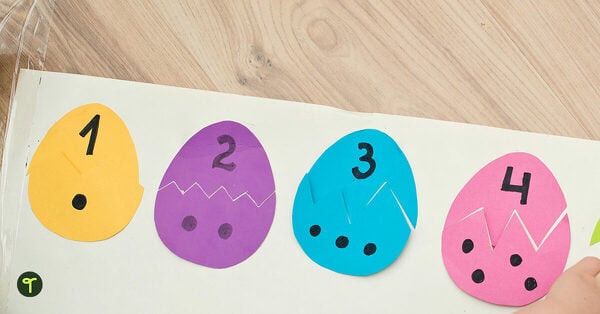
If nothing else, find time for quick and easy Easter card games. You can set up two very well-known Easter card games in a flash by repurposing our Easter Egg Decorations.
All you need to do is hit the download button, print 4 or more copies and cut them out for an Easter egg deck of cards.
Your kids will love to play Easter egg snap or a simple Easter egg memory game!
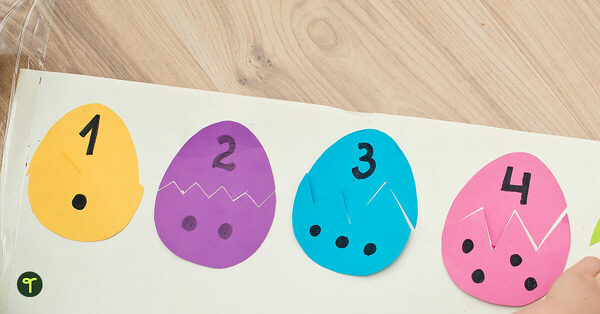
Easter Maths Activities for Middle Years Classrooms
It’s a pretty sure thing that middle years students will love to estimate and measure the capacity of an Easter basket. You can ramp up the enthusiasm even more if you brave it and use Easter treats. First up, here’s how to make the basket…
Things to do:
- stock up on five different Easter themed objects such as chicks, bunnies and perhaps some treats such as small chocolate eggs, medium chocolate eggs and you’ve guessed it, large chocolate eggs (be mindful of food allergies).
- set up 5 workstations, with each station including a pile of one type of Easter object/treat and at least one of the students’ baskets.
Your lesson might look something like this…
- Ask the class, “What am I measuring if I want to know the capacity of the basket?” Discuss.
- As a class estimate how many objects/treats will fit into the basket. Record the estimates on the board.
- Model how to fill the basket, demonstrating how the treats can be rearranged to fit more in and explaining that the treats cannot go past the top.
- Divide the class into five groups. Each group is assigned to a station.
- Students fill the basket, count how many treats fit inside and report them to the teacher who can collect the data the students’ behalf.
- After five to ten minutes, students neatly unpack the basket and rotate to the next station. Have students rotate through all of the stations.
Happy Easter, teachers! It’s time to get your skates on and pick up some Easter chicks from your local cheap shop. It’s the small things that make a big difference.
We’d love to hear from you – continue this conversation in our Facebook Group – Teacher Talk.
The post Easter Maths Activities for the Classroom appeared first on Teach Starter.
